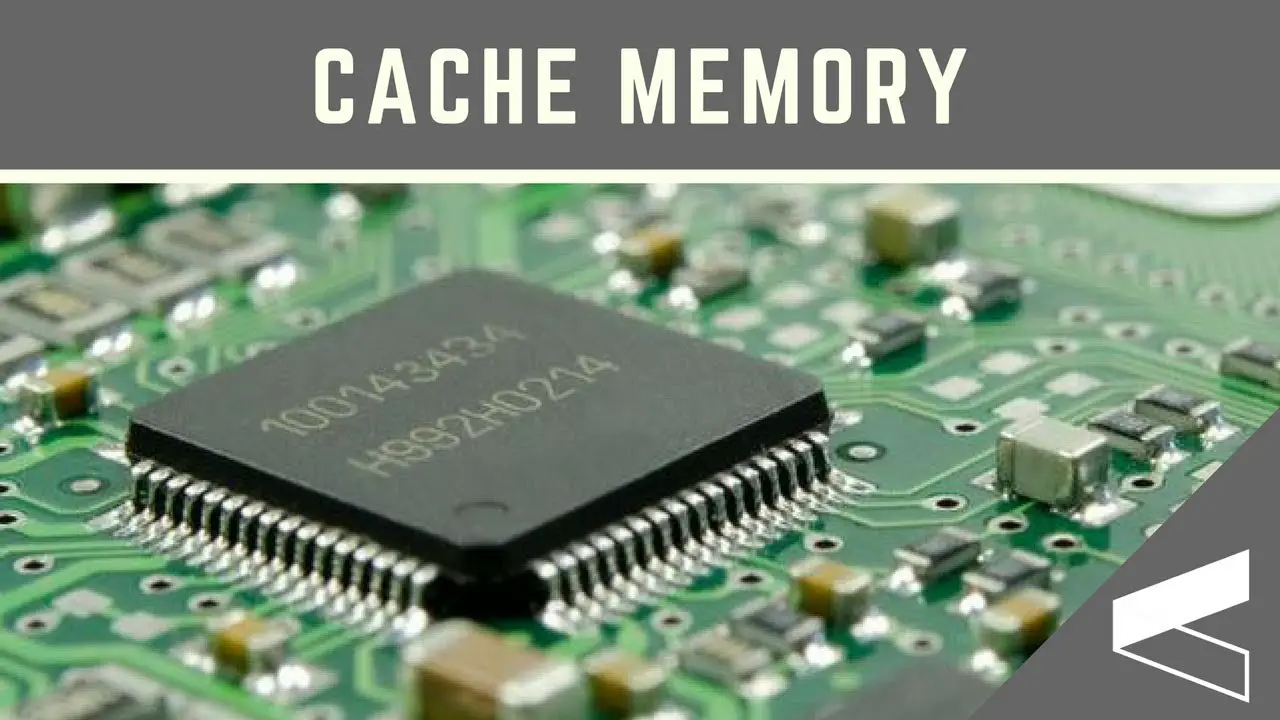CACHE MEMORY
Cache
memory is a type of computer memory that is used to temporarily store
frequently accessed data. It is a small, high-speed memory that is located
between the CPU and the main memory (RAM) and is used to store the most
frequently used data and instructions.
The idea behind cache
memory is to provide the CPU with fast access to the most frequently used data
and instructions, which can significantly improve the overall performance of
the system. When the CPU needs to access data or instructions, it first checks
the cache memory. If the data or instructions are found in the cache, they are
quickly retrieved and used by the CPU. This speeds up the processing of the
data, as it avoids the longer latency that would be required to access the main
memory.
Cache memory
operates on a principle known as the "locality of reference," which
states that a program accesses the same data and instructions repeatedly over a
short period of time. By keeping a copy of this frequently used data and
instructions in the cache, the CPU can access them much faster than if it had
to retrieve them from the main memory.
There are typically three
levels of cache memory in a computer system: L1 cache, L2 cache, and L3 cache.
L1 cache is the smallest and fastest cache, and it is built directly into the
CPU. L2 cache is slightly slower than L1 cache but is larger, and L3 cache is
even larger and slower but provides a higher level of caching for the CPU. The
use of multiple levels of cache helps to balance the need for fast access to
data with the need for larger amounts of storage space.

No comments:
Post a Comment